 EDITOR'S PICK
EDITOR'S PICK
New Study Says EVs Really Are Best For The Environment
26 Aug 2025 | Synopsis
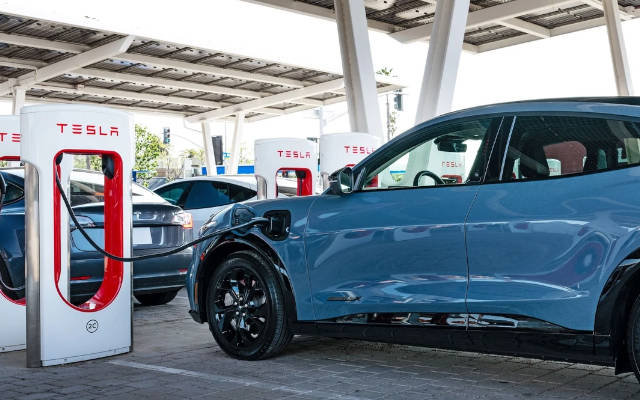 A University of Michigan cradle-to-grave study confirms EVs have lower lifetime greenhouse gas emissions than ICE vehicles, hybrids, and PHEVs. This holds true in every county in the contiguous U.S. Though EV manufacturing creates more emissions, this is offset by their efficiency during operation. For example, a loaded electric pickup emits 30% less than an empty gasoline one.
A University of Michigan cradle-to-grave study confirms EVs have lower lifetime greenhouse gas emissions than ICE vehicles, hybrids, and PHEVs. This holds true in every county in the contiguous U.S. Though EV manufacturing creates more emissions, this is offset by their efficiency during operation. For example, a loaded electric pickup emits 30% less than an empty gasoline one.Ozarks Shootout 2025: Speed, Safety, and the Rise Recreational Electric Marine Propulsion
26 Aug 2025 | Synopsis
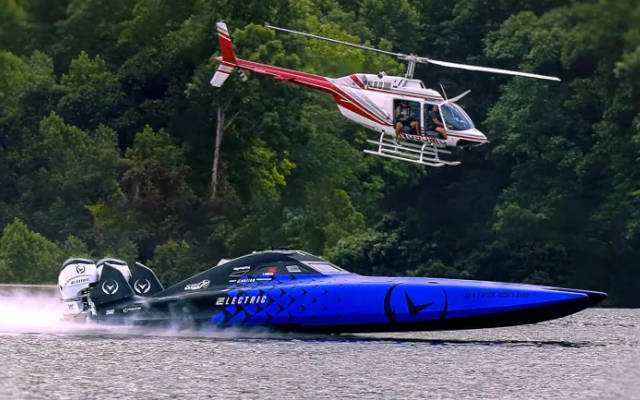 The 2025 Lake of the Ozarks Shootout drew over 100,000 spectators and crowned Darana Hybrid's 242 mph turbine catamaran as Top Gun. While electric boats weren't in the top tier, Vision Marine's 180 hp motor remains the fastest electric entry on record. Public concerns about shock risk are unfounded—marine-rated systems use GFCIs, ELCIs, and sealed connectors to ensure safe charging and operation. Electric propulsion is gaining ground, but infrastructure and perception still lag.
The 2025 Lake of the Ozarks Shootout drew over 100,000 spectators and crowned Darana Hybrid's 242 mph turbine catamaran as Top Gun. While electric boats weren't in the top tier, Vision Marine's 180 hp motor remains the fastest electric entry on record. Public concerns about shock risk are unfounded—marine-rated systems use GFCIs, ELCIs, and sealed connectors to ensure safe charging and operation. Electric propulsion is gaining ground, but infrastructure and perception still lag.Mercedes-Benz eCitaro: The Electric Bus Redefining European Public Transit
26 Aug 2025 | Synopsis
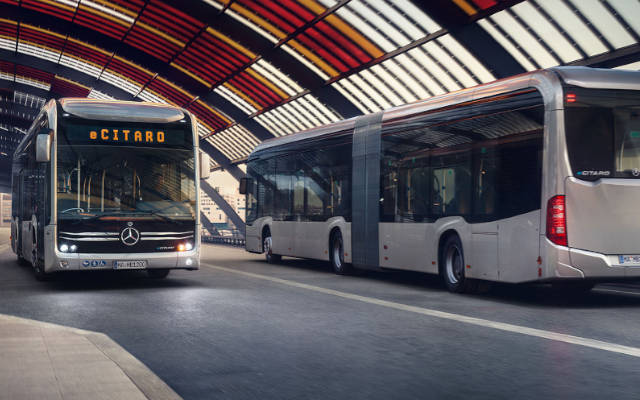 The Mercedes-Benz eCitaro is a leading European electric bus, evolving from a battery-only model to include a hydrogen fuel cell range extender. This dual strategy allows for strategic deployment: battery models for short city routes and fuel cell versions for long, demanding ones. This flexibility is key to its success in helping cities transition to zero-emission public transport.
The Mercedes-Benz eCitaro is a leading European electric bus, evolving from a battery-only model to include a hydrogen fuel cell range extender. This dual strategy allows for strategic deployment: battery models for short city routes and fuel cell versions for long, demanding ones. This flexibility is key to its success in helping cities transition to zero-emission public transport.Renault Races Past Hydrogen with All-Electric Alpine Flagship
26 Aug 2025 | Synopsis
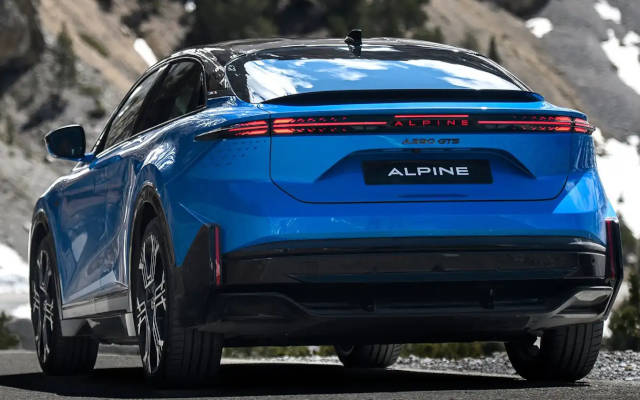 Renault signals a bold pivot beyond hydrogen with Alpine's 470 hp electric 390 GTS. High hydrogen costs, poor infrastructure, and energy inefficiency drive the move toward scalable EVs. Unveiled by Renault and Alpine, the GTS blends luxury, performance, and national pride - boasting 345-mile range, premium design, and an "overtake" boost. It's a clear statement: France sees electrification as the future of high-performance mobility.
Renault signals a bold pivot beyond hydrogen with Alpine's 470 hp electric 390 GTS. High hydrogen costs, poor infrastructure, and energy inefficiency drive the move toward scalable EVs. Unveiled by Renault and Alpine, the GTS blends luxury, performance, and national pride - boasting 345-mile range, premium design, and an "overtake" boost. It's a clear statement: France sees electrification as the future of high-performance mobility.Rivian CEO Says It 'Blows My Mind' That The US Auto Industry Is Reprioritizing Capital Toward Gas-Powered Vehicles
26 Aug 2025 | Synopsis
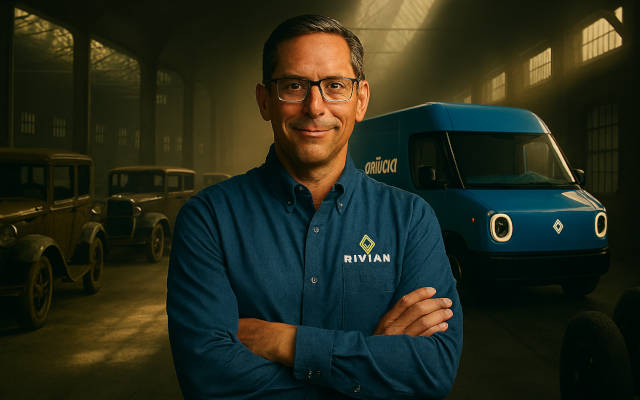 Rivian CEO RJ Scaringe criticized continued U.S. investment in internal combustion engine (ICE) vehicles, calling it a strategic mistake. He argued that pouring billions into gas-powered platforms delays progress and risks falling behind global EV leaders. Scaringe emphasized that electrification is inevitable and that legacy automakers must pivot faster to remain competitive in a rapidly shifting market.
Rivian CEO RJ Scaringe criticized continued U.S. investment in internal combustion engine (ICE) vehicles, calling it a strategic mistake. He argued that pouring billions into gas-powered platforms delays progress and risks falling behind global EV leaders. Scaringe emphasized that electrification is inevitable and that legacy automakers must pivot faster to remain competitive in a rapidly shifting market.
 Si Exclusive
Si Exclusive
Hydrogen's Flight Path: Fuel Cells, Turbines, and the Economics of Clean Aviation
10 Oct 2025 |  Aviation is shifting from Jet A to four fuel systems: electricity, hydrogen (fuel cell and combustion), SAF, and petroleum. Fuel cells suit short-haul aircraft; hydrogen combustion may power long-range jets. SAF bridges legacy fleets. Hydrogen costs - $5-$7/kg today, possibly $2/kg by 2040 - impact ticket prices and infrastructure decisions. Airport authorities, airlines, and governments will share deployment costs. Each fuel has distinct environmental pros and cons shaping aviation's net-zero future.
Aviation is shifting from Jet A to four fuel systems: electricity, hydrogen (fuel cell and combustion), SAF, and petroleum. Fuel cells suit short-haul aircraft; hydrogen combustion may power long-range jets. SAF bridges legacy fleets. Hydrogen costs - $5-$7/kg today, possibly $2/kg by 2040 - impact ticket prices and infrastructure decisions. Airport authorities, airlines, and governments will share deployment costs. Each fuel has distinct environmental pros and cons shaping aviation's net-zero future.
 11 Oct 2025 06:22:21 UTC |
RECENT PODCASTS
BYD Soars - Cheaper Tesla Models - The Bolt is Back - Rivian
SEARCH RSSTREAM
 48 New Postings In Past 24 Hours
48 New Postings In Past 24 Hours
Category:mobility
Region:Europe
Date:10 Oct 2025
Category:energy
Region:Global
Date:10 Oct 2025
Category:mobility
Region:SoAmerica
Date:10 Oct 2025
Category:energy
Region:NoAmerica
Date:10 Oct 2025
Category:mobility
Region:NoAmerica
Date:10 Oct 2025
Category:finance
Region:AsiaPacific
Date:10 Oct 2025
Category:policy
Region:NoAmerica
Date:10 Oct 2025
Category:finance
Region:NoAmerica
Date:10 Oct 2025
Category:mobility
Region:AsiaPacific
Date:10 Oct 2025
Category:policy
Region:NoAmerica
Date:10 Oct 2025